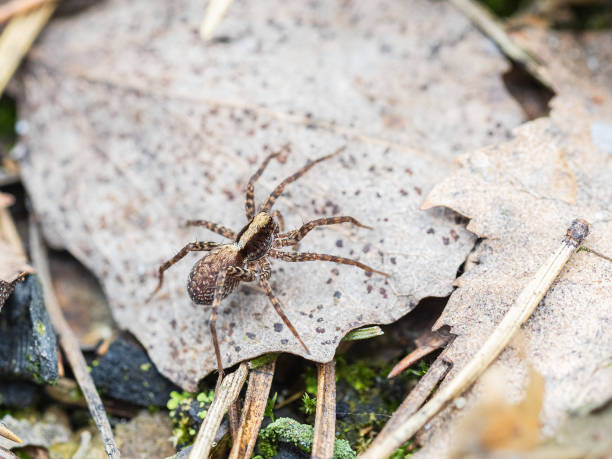Spider control is important for maintaining a safe and comfortable living environment. While most spiders are harmless and even beneficial by controlling other pests, some species can pose health risks or cause discomfort. Effective spider control involves identifying the presence of spiders, taking preventive measures, and employing appropriate removal techniques to manage spider populations and keep your home spider-free.
Identification and Monitoring:
The first step in spider control is identifying signs of their presence. Look for spider webs, egg sacs, and the spiders themselves. Regular monitoring can help detect spider activity early and prevent infestations from becoming severe.
Preventive Measures:
Preventive measures can significantly reduce the likelihood of spider infestations:
Seal Entry Points: Close gaps and cracks around windows, doors, and foundations to prevent spiders from entering your home.
Reduce Clutter: Keep your home clean and free of clutter, especially in basements, attics, and storage areas where spiders like to hide.
Outdoor Maintenance: Trim vegetation and remove debris around your home’s exterior to minimize outdoor habitats that attract spiders.
Lighting: Reduce outdoor lighting that attracts insects, which in turn attract spiders. Use yellow or sodium vapor lights, which are less attractive to insects.
Removal Techniques:
Once spiders are detected, various removal techniques can be employed:
Vacuuming: Use a vacuum cleaner to remove spiders, webs, and egg sacs. Dispose of the vacuum bag or contents immediately after use.
Sticky Traps: Place sticky traps in areas where spider activity is observed. These traps can help catch and monitor spiders.
Chemical Sprays: Insecticidal sprays can be used to kill spiders on contact. Apply sprays to cracks, crevices, and other hiding places.
Professional Pest Control: For severe infestations or dealing with venomous spiders, professional pest control services may be necessary. Experts can identify the species and apply appropriate treatments to eliminate them.
Ongoing Maintenance:
After removing spiders, it is important to maintain preventive measures to avoid future infestations. Continue to monitor for signs of spider activity and address any potential entry points or habitats promptly.
Health and Safety:
Spider control is crucial for health and safety, particularly when dealing with venomous species like black widows or brown recluses. These spiders can cause serious health issues with their bites, so it’s important to take spider control seriously and act quickly if venomous spiders are identified.
Benefits of Spider Control:
Effective spider control ensures a safer, more comfortable living environment by reducing the presence of spiders and preventing potential health risks. It also helps maintain a cleaner home by minimizing webs and other signs of spider activity.
In conclusion, spider control is essential for keeping your home safe and comfortable. By combining identification, prevention, and removal techniques, you can effectively manage spider populations and protect your home from these unwanted arachnids.
